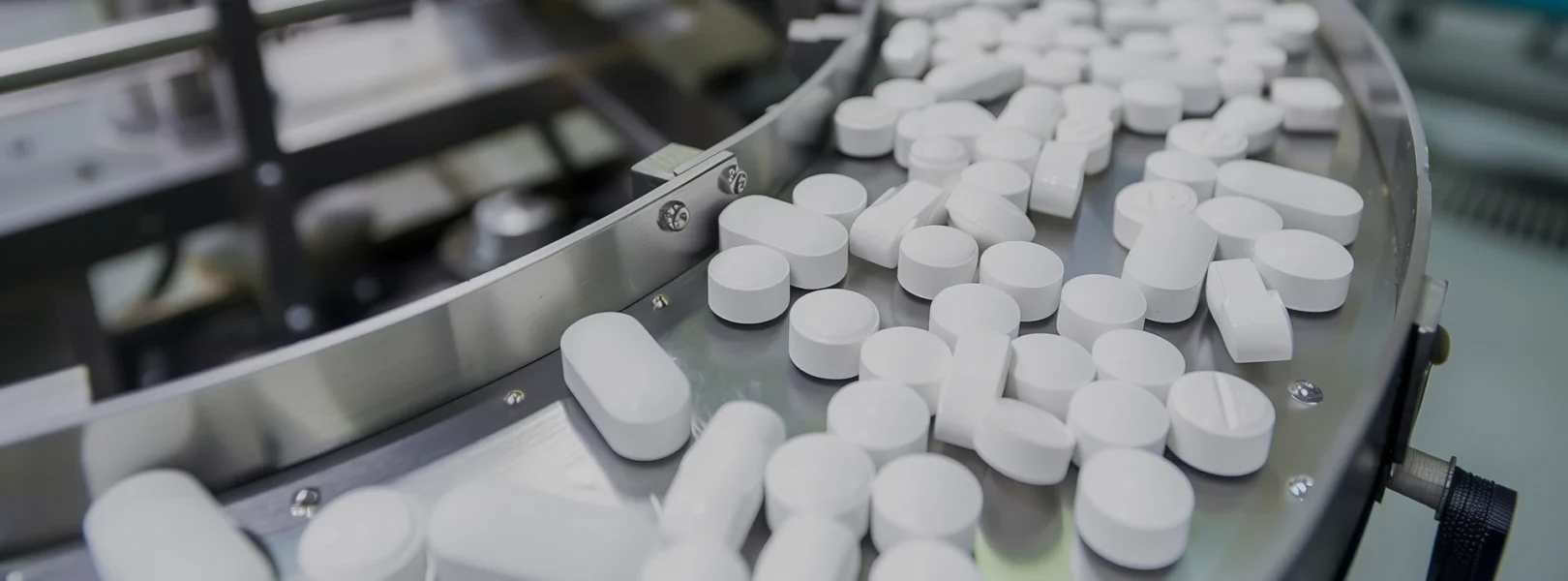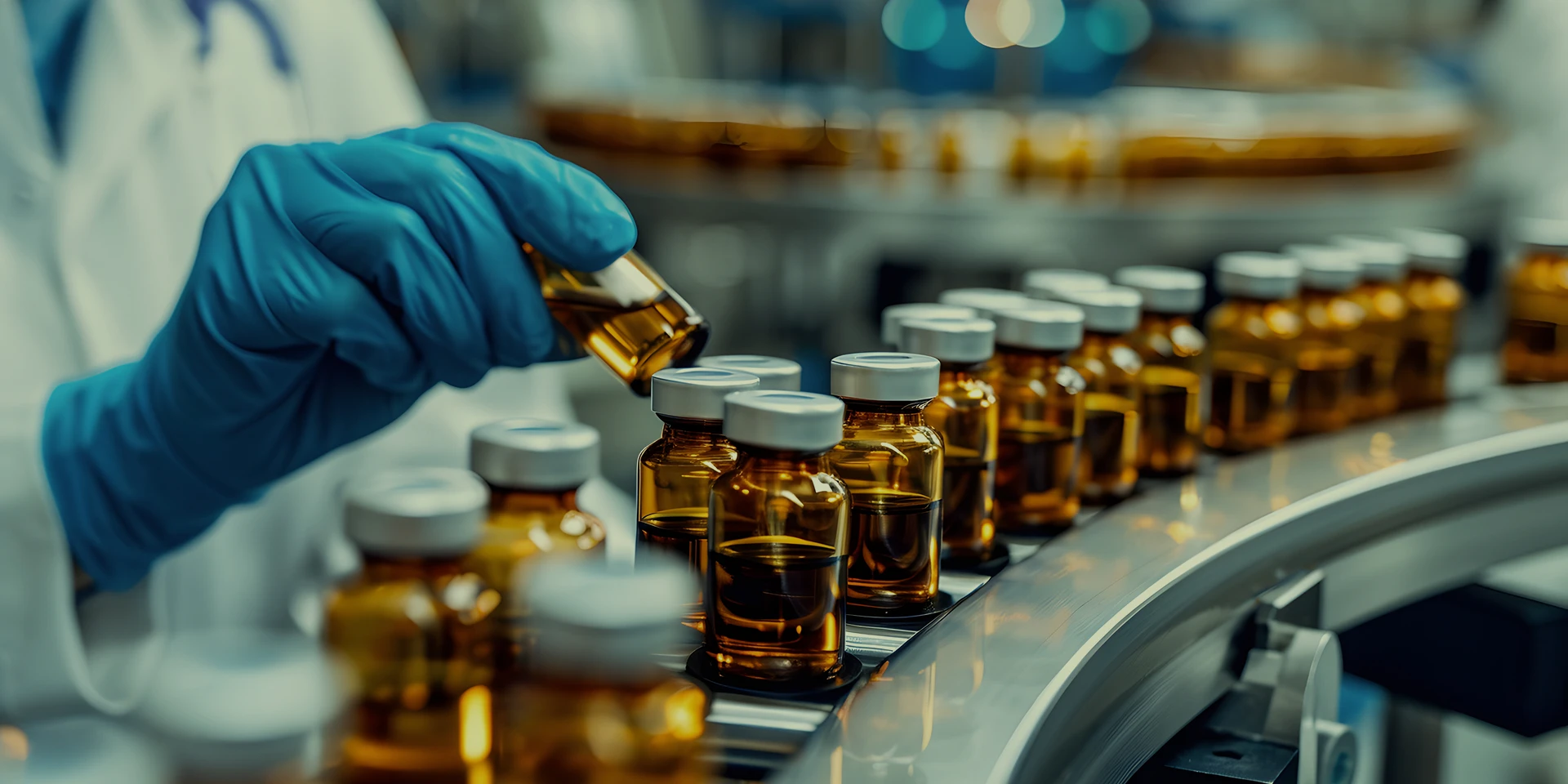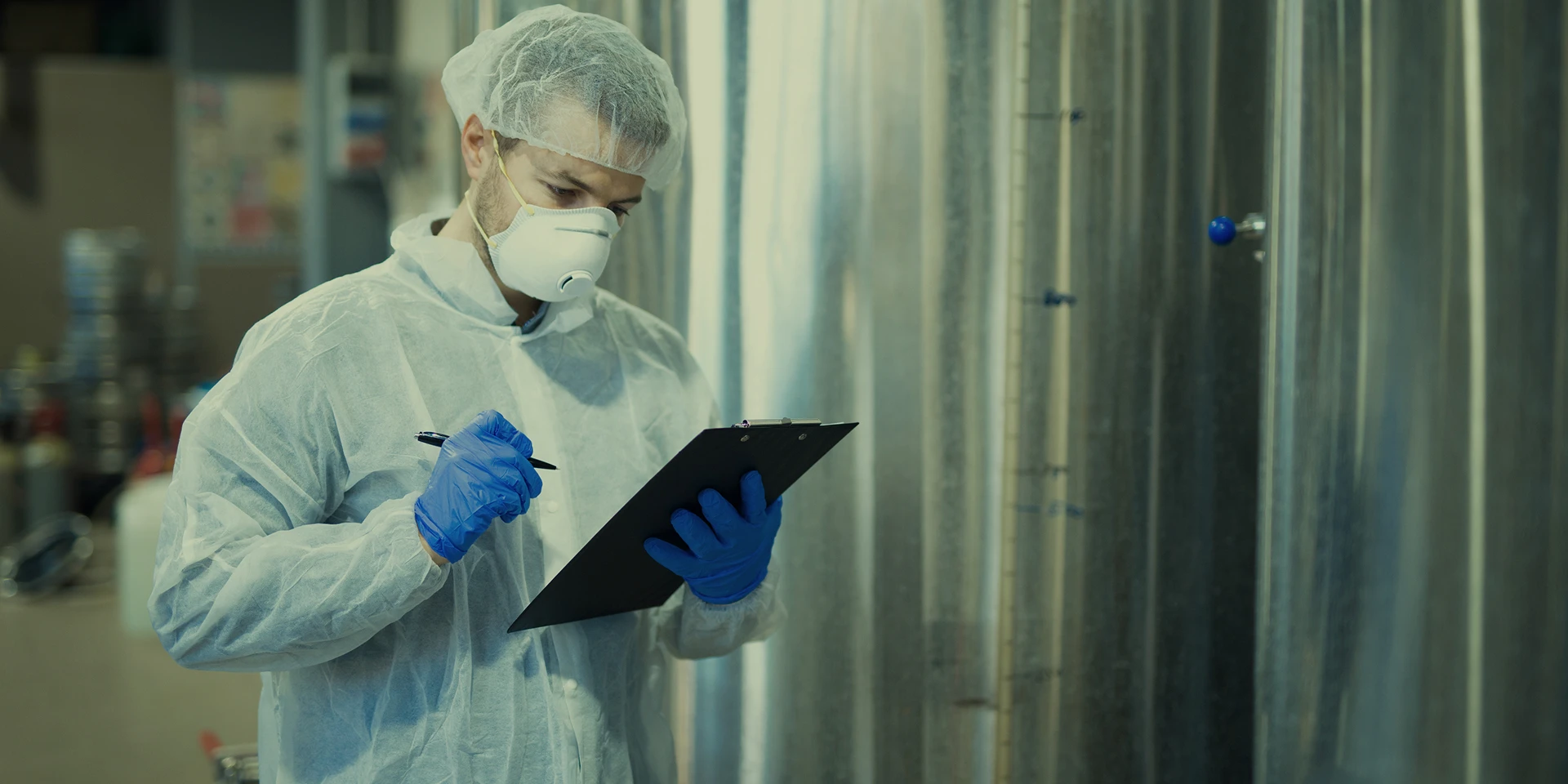Pharmaceutical Products Transportation: Ensuring Safety and Compliance
JANUARY 24

One essential link in the healthcare supply chain is the transportation of pharmaceuticals. Drugs, vaccines, and other medical supplies are transported from producers to distributors, pharmacies, hospitals, and finally, patients. Because these kinds of products are delicate, strict rules and guidelines must be followed during the transportation process to guarantee safety, effectiveness, and compliance. This article explores the difficulties encountered, best practices, and intricacies of pharmaceutical shipping to preserve the integrity of these essential goods.
Importance of Pharmaceutical Transportation
Pharmaceutical products are often temperature-sensitive and require specific handling to maintain their quality. The importance of effective transportation can be summarized by the following factors:
- Patient safety. The primary goal of pharmaceutical transportation is to ensure that medications reach patients in a safe and effective condition. Any compromise in the integrity of these products can lead to adverse health outcomes.
- Regulatory compliance. The pharmaceutical industry is heavily regulated. Transportation processes must comply with guidelines set forth by organizations such as the Food and Drug Administration (FDA) in the United States, the European Medicines Agency (EMA) in Europe, and other regulatory bodies worldwide.
- Supply chain efficiency. Efficient transportation is crucial for maintaining the flow of products through the supply chain. Delays or disruptions can lead to stockouts, which can affect patient care and healthcare providers.
- Cost management. Effective transportation strategies can help manage costs associated with storage, handling, and potential product loss due to spoilage or damage.

Key Challenges in Pharmaceutical Transportation
The transportation of pharmaceutical products can meet particular challenges that impact the quality and safety of the products. Some of the most significant ones include:
- Temperature control. Many pharmaceutical products, especially biologics and vaccines, require strict temperature control during transportation. Failure to maintain the required temperature range can lead to product degradation.
- Regulatory compliance. Navigating the complex landscape of regulations governing pharmaceutical transportation can be daunting. Companies must stay updated on local, national, and international regulations to ensure compliance.
- Security risks. Pharmaceuticals are valuable commodities, making them targets for theft and counterfeiting. Ensuring the security of products during transportation is paramount.
- Packaging and handling. Proper packaging is essential to protect products from physical damage and environmental factors. Inadequate packaging can lead to product loss and increased costs.
- Traceability. The ability to track and trace pharmaceutical products throughout the supply chain is crucial for ensuring accountability and compliance. This is particularly important in the event of a recall.

Best Practices for Pharmaceutical Transportation
To address the challenges associated with pharmaceutical transportation, companies can implement several best practices:
- Temperature monitoring. Advanced temperature monitoring systems provide real-time data on the conditions within transport vehicles. If temperatures deviate from the required range, immediate action is possible.
- Regulatory training. Ensure that all personnel involved in the transportation process are trained on relevant regulations and compliance requirements. Regular training sessions can help keep staff informed of any changes in regulations.
- Secure packaging. Invest in high-quality packaging materials designed specifically for pharmaceutical products. This includes insulated containers, temperature-controlled packaging, and tamper-evident seals.
- Use of technology. Leverage technology such as GPS tracking, RFID tags, and blockchain to enhance traceability and security throughout the transportation process. These technologies can provide real-time visibility into the location and condition of products.
- Collaboration with trusted partners. Work with logistics providers that specialize in pharmaceutical transportation. These partners should have a proven track record of compliance and safety in handling sensitive products.
- Contingency planning. Develop contingency plans to address potential disruptions in the transportation process. This includes having alternative routes, backup suppliers, and emergency response protocols in place.
Conclusion
The transportation of pharmaceutical products is a complex and critical aspect of the healthcare supply chain. Ensuring the safety, efficacy, and compliance of these products requires a multifaceted approach that addresses the unique challenges of the industry. Businesses can boost the integrity of pharmaceutical transportation by utilizing technology and best practices, which will ultimately result in better patient outcomes and a more effective healthcare system. Handling the future of pharmaceutical transportation will require being skilled and flexible as the sector continues to change.
Back to Blog

